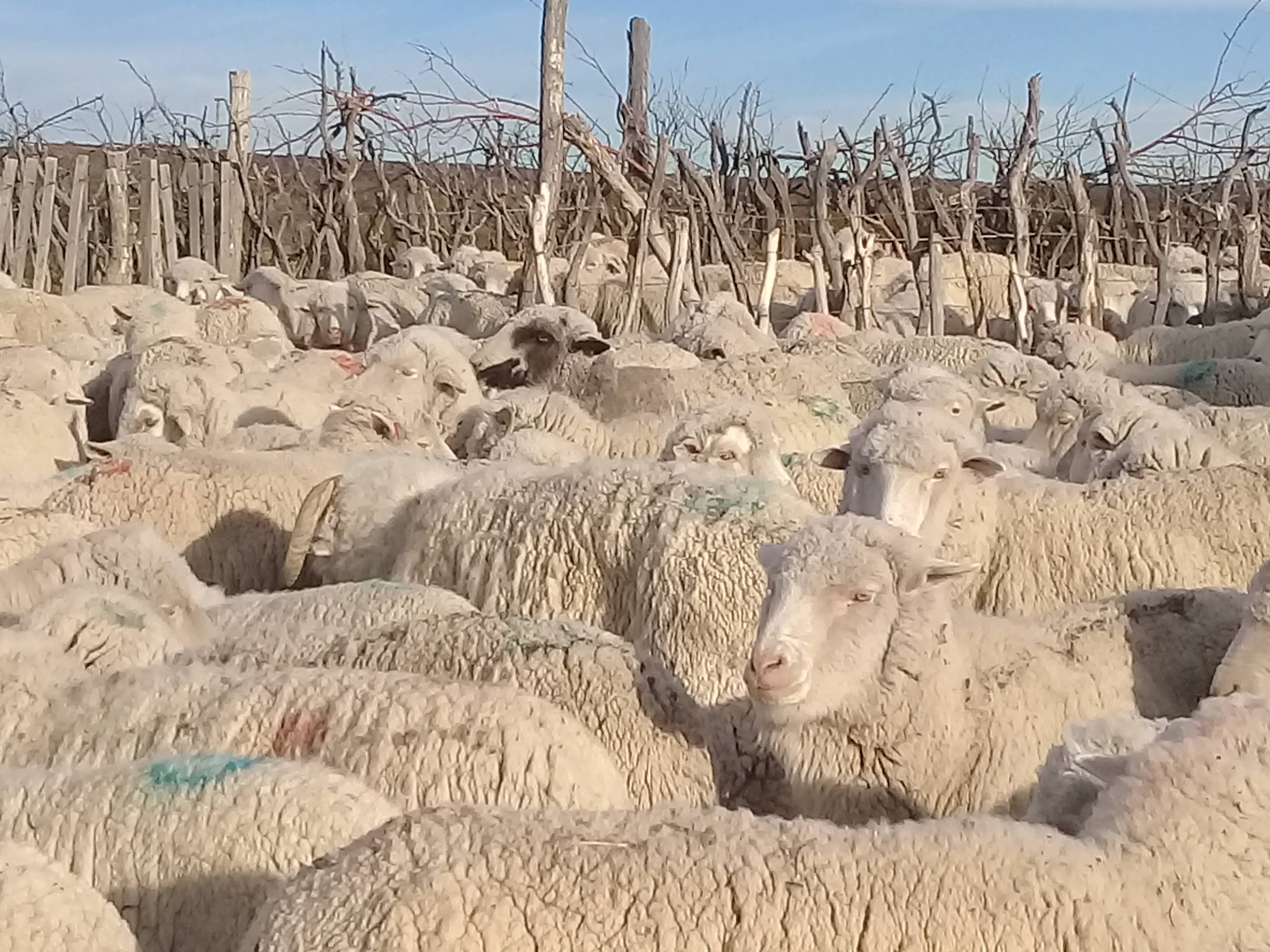The diagnosis of the herd is a simple practice that provides the producer and the technical advisor with information on the status of the herd, allowing them to make management decisions based on the analysis of data from the livestock establishment.

This work is very useful mainly in small flocks, because a large number of animals or all of them (150 - 200 sheep) can be observed. The FONTAGRO project "Adaptation to climate change in family livestock" promotes adaptive management, ensuring that the producer can make decisions based on reliable information from his own flock.
The workshop was held at the Cuifi Ruka establishment, on the herd of Jorge Fernandez, the project's demonstrator producer. Six producers, neighbors of the farm, participated in the diagnosis, which was carried out in three stages: rams revision, general herd revision, information recording and analysis of the information. The review of rams was necessary because the moment of evaluation was in pre-service; however, at another moment of the productive cycle, this activity is also recommendable, because it allows the producer to have an integral vision of what is happening with his herd.
The analysis at the farm level can be complemented with additional information, such as the state of the pasture, wool quality, signaling percentages, mortality percentages, presence of diseases, etc.
This is the second year that this diagnosis has been carried out at this farm, so it is interesting to compare data between years in order to evaluate the impact of technological adoption. A specific case of this farm was the decision not to give service to dams with body condition lower than 2.5 (on a scale of 2-5) and this decision was reflected in higher percentages of pregnancy and culling, even in a relatively dry year.




